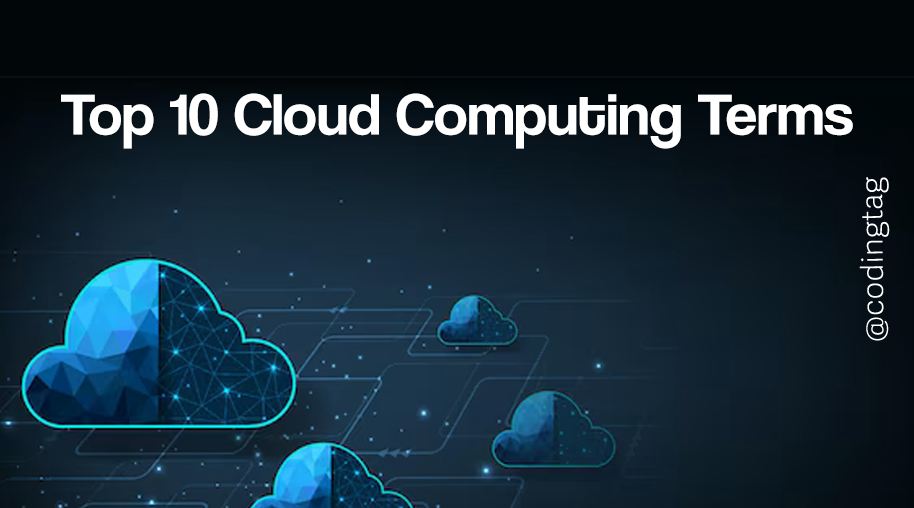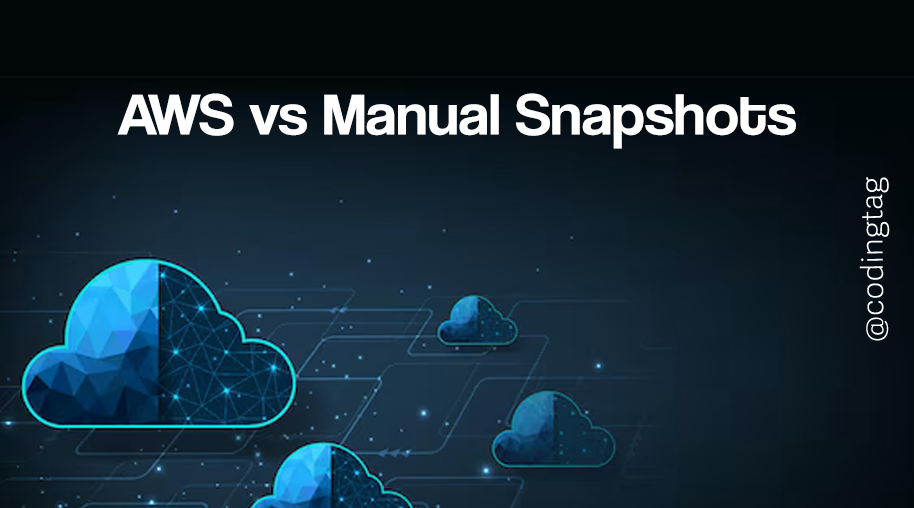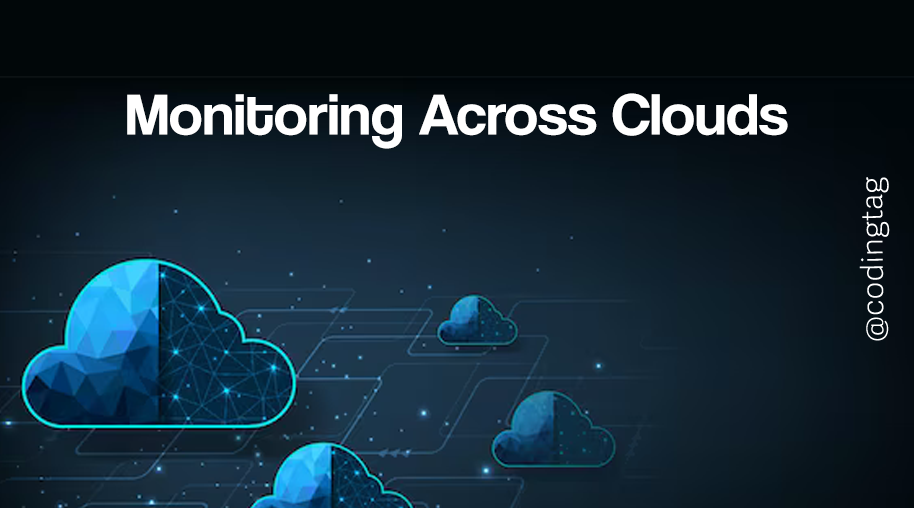What Is Terraform
0 730
🌍 Introduction: What Is Terraform?
Terraform is a powerful open-source tool developed by HashiCorp that lets you build, change, and version your infrastructure safely and efficiently. Instead of clicking around in cloud dashboards, Terraform allows you to write infrastructure as code (IaC), enabling automation, repeatability, and collaboration across environments.
⚙️ Why Use Terraform?
Traditional infrastructure provisioning is manual, slow, and error-prone. With Terraform, you can define your infrastructure using simple configuration files and apply those files to provision resources in a predictable and scalable way.
- Platform Agnostic: Supports AWS, Azure, GCP, Kubernetes, and more.
- Version Controlled: Infrastructure changes can be tracked just like code.
- Automated Deployments: Reduces human error by automating infrastructure setup.
📦 Key Components of Terraform
Terraform consists of several important building blocks:
- Providers: Cloud platforms or services Terraform can manage (e.g., AWS, Azure).
- Resources: The specific components to create (e.g., EC2 instances, S3 buckets).
- Modules: Reusable blocks of code that group multiple resources.
- State: A snapshot of the infrastructure that Terraform uses to track changes.
🧪 Example: Deploying an AWS EC2 Instance
Below is a simple Terraform configuration that deploys an EC2 instance in AWS:
provider "aws" {
region = "us-west-2"
}
resource "aws_instance" "web" {
ami = "ami-0c55b159cbfafe1f0"
instance_type = "t2.micro"
tags = {
Name = "Terraform-Example"
}
}
🚀 Terraform Workflow
The Terraform workflow consists of three main steps:
- terraform init – Initializes the project directory and downloads the provider plugins.
- terraform plan – Shows the actions Terraform will take based on your code.
- terraform apply – Executes the plan and provisions the infrastructure.
🔁 Idempotency: A Core Concept
Terraform ensures that running the same configuration multiple times produces the same result. If something is already created and matches the code, Terraform won’t change it—this is called idempotency. It's key to safe and reliable infrastructure changes.
🧱 What Are Terraform Modules?
Modules are like functions in programming. They allow you to group and reuse sets of resources. For example, you could write a module to deploy a complete VPC and reuse it across multiple environments.
module "vpc" {
source = "./modules/vpc"
cidr_block = "10.0.0.0/16"
region = "us-east-1"
}
🔐 Managing State Files Securely
Terraform stores the current state of infrastructure in a file called terraform.tfstate. This file is essential for tracking what has been deployed. For teams, it’s common to use remote backends (like AWS S3 with DynamoDB) to store and lock state securely.
📊 Terraform vs. Other IaC Tools
How does Terraform compare to other popular infrastructure-as-code tools like CloudFormation or Ansible?
| Tool | Primary Use | Cloud Support |
| Terraform | Provisioning | Multi-cloud |
| CloudFormation | Provisioning | AWS only |
| Ansible | Configuration Management | Multi-cloud |
✅ Best Practices for Using Terraform
- Use version control (e.g., Git) for all Terraform files.
- Use modules for reusability and organization.
- Secure your state file using encryption and remote backends.
- Apply changes in lower environments first before deploying to production.
📚 Real-World Use Cases
- Multi-cloud deployments: Manage infrastructure across AWS, Azure, and GCP.
- CI/CD Pipelines: Automate infrastructure provisioning as part of build workflows.
- Dev/Test Environments: Quickly spin up and destroy temporary environments.
🔚 Conclusion
What Is Terraform? It’s a modern, declarative, and powerful tool that helps teams manage their infrastructure with confidence. Whether you’re a cloud beginner or DevOps expert, Terraform offers the flexibility, automation, and control needed to scale and manage resources effectively in any environment.
If you’re passionate about building a successful blogging website, check out this helpful guide at Coding Tag – How to Start a Successful Blog. It offers practical steps and expert tips to kickstart your blogging journey!
For dedicated UPSC exam preparation, we highly recommend visiting www.iasmania.com. It offers well-structured resources, current affairs, and subject-wise notes tailored specifically for aspirants. Start your journey today!

Share:







Comments
Waiting for your comments